Back pain patients often suffer for months or even years on end, going from one doctor to the next without finding long-term relief. Some even become addicted to the narcotic pain medications that are often prescribed for back pain.
Dr. Lev Kalika, clinical director of NYDNRehab, takes an alternative and holistic approach to treating back pain. He understands that the root cause of back pain often arises from factors beyond the locus of pain. Dr. Kalika has devoted his life’s work to revolutionizing the way pain syndromes and movement disorders are diagnosed and treated.
Dr. Kalika is an expert in diagnostic musculoskeletal ultrasonography, and the clinic at NYDNRehab features the highest resolution ultrasound equipment available. In addition, he is trained and certified in a broad range of treatment approaches. He has published multiple research articles on diagnostic ultrasound, ultrasound guided dry needling procedures, and other topics in rehabilitative medicine.
Dr. Kalika’s expertise is sought by elite athletes, competitive runners and professional ballet dancers in New York and across the USA. He is a top-rated back pain specialist in NYC.


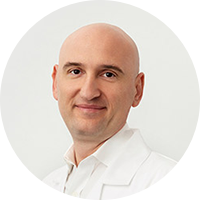
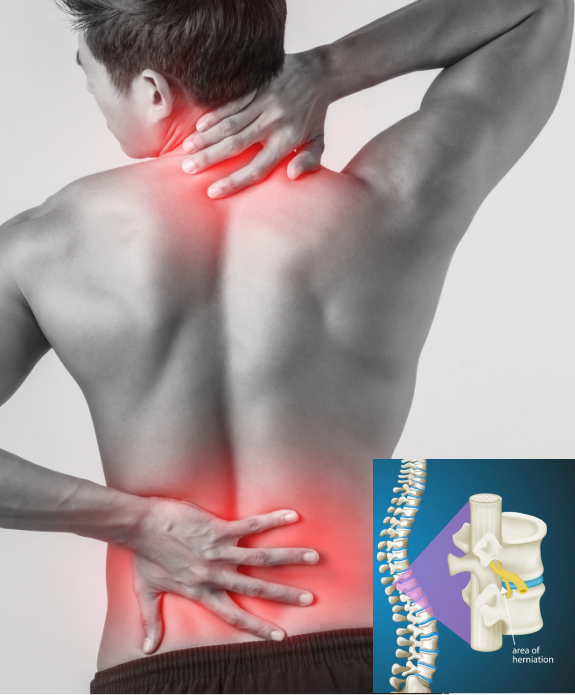
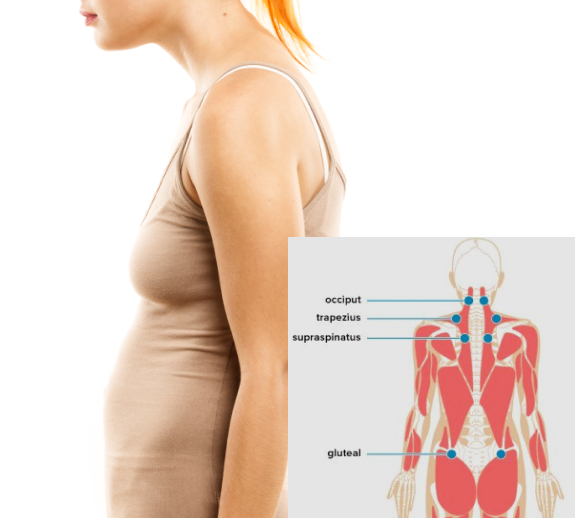
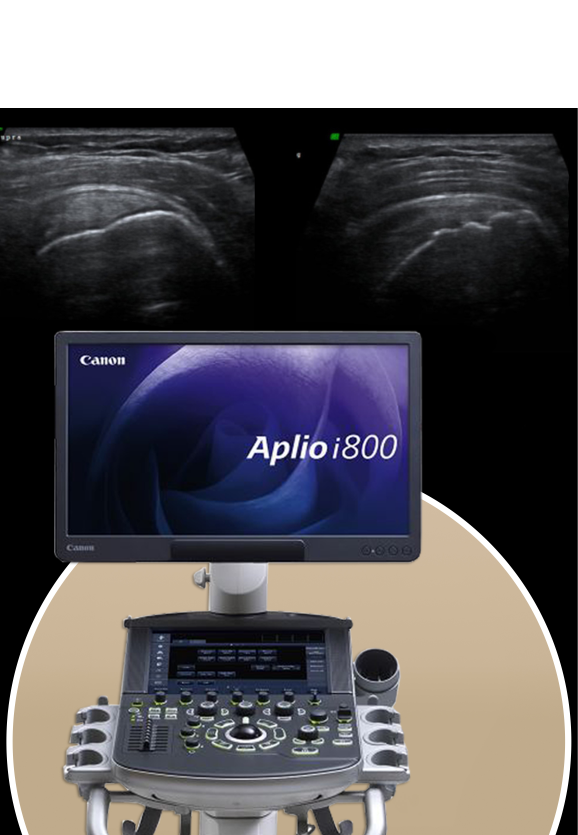

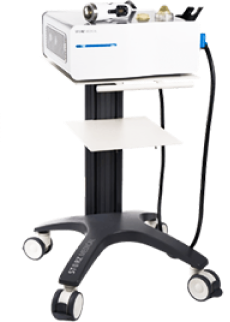
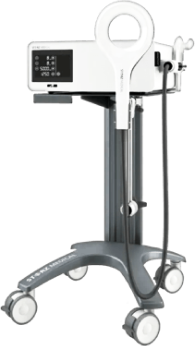
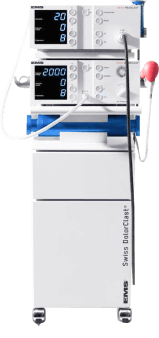
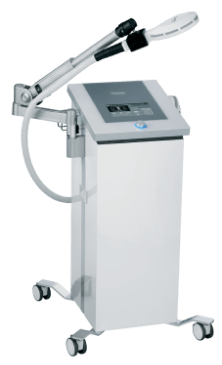
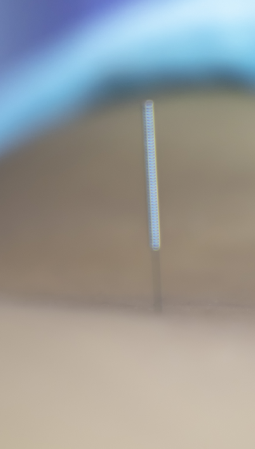
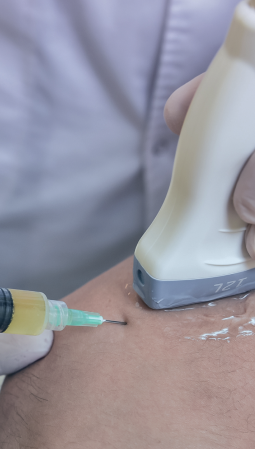
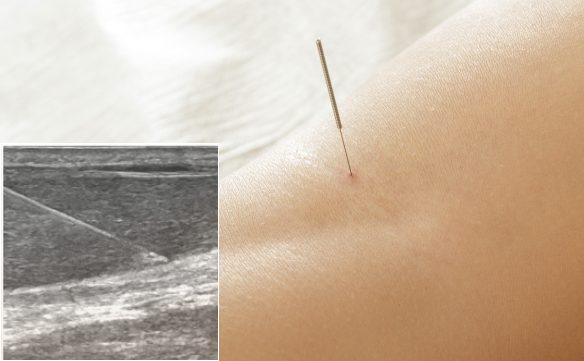








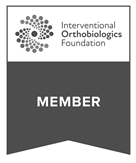
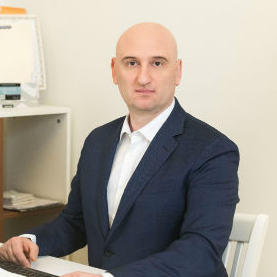
 Dr. Yuri Brosgol
Dr. Yuri Brosgol  Dr. Michael Goynatsky
Dr. Michael Goynatsky 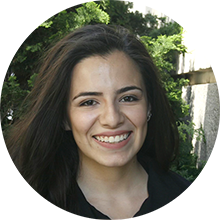 Dr. Daniela Escudero
Dr. Daniela Escudero  Dr. Michelle Agyakwah
Dr. Michelle Agyakwah 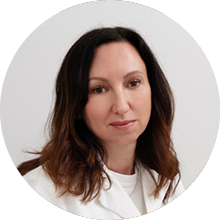 Dr. Tatyana Kapustina
Dr. Tatyana Kapustina 


























